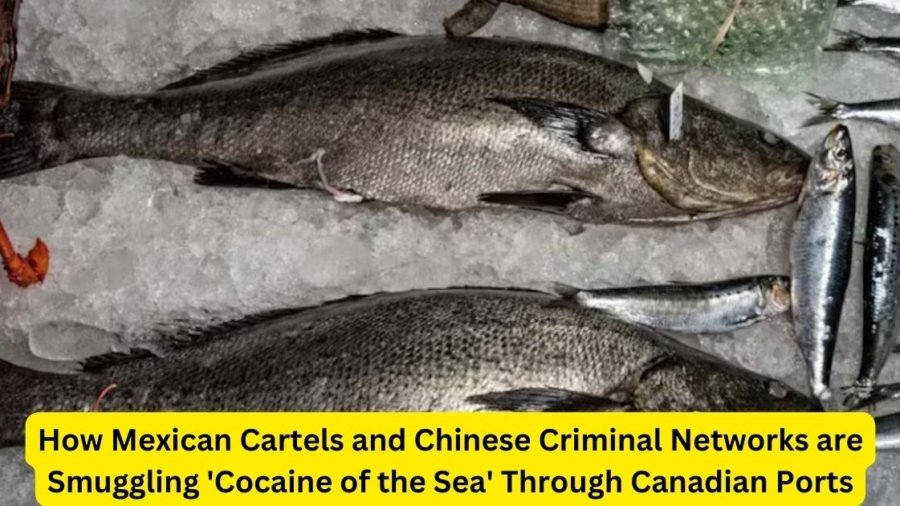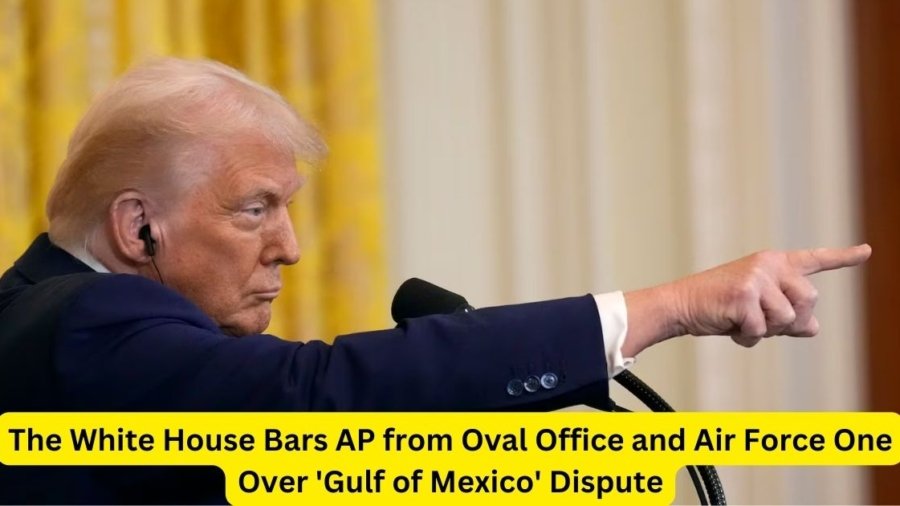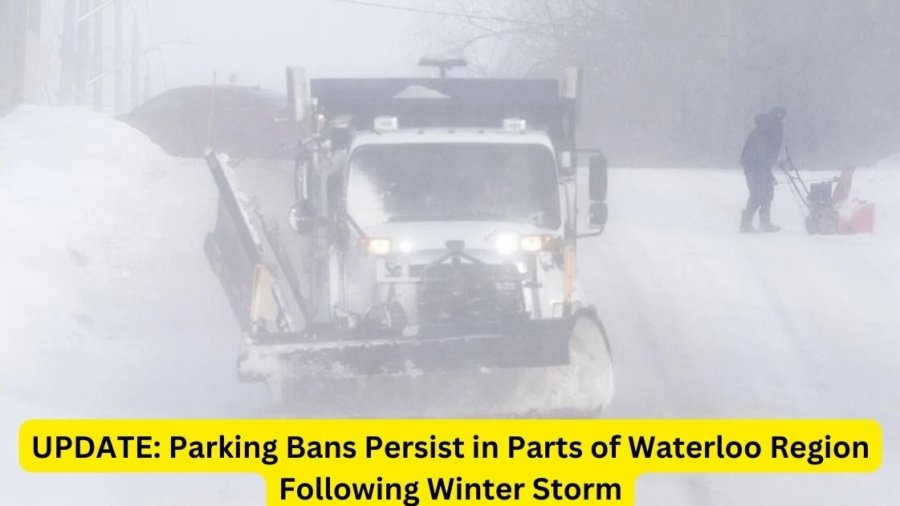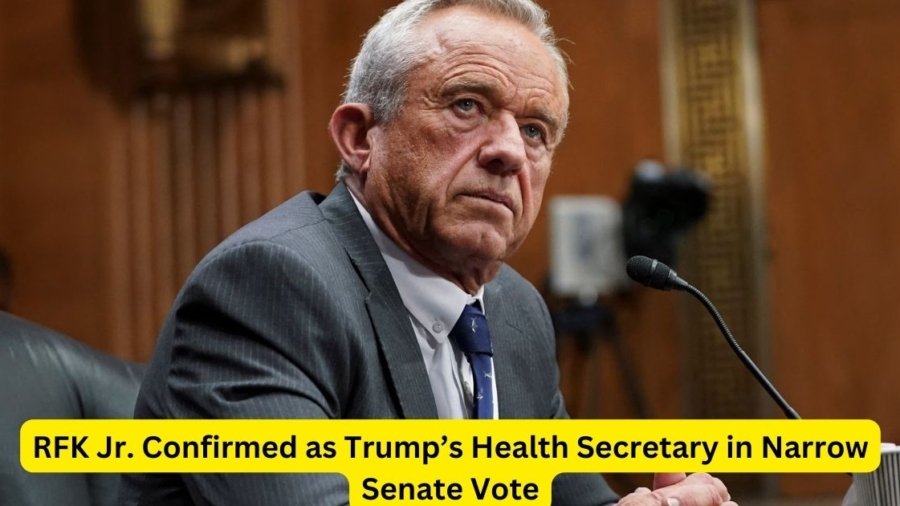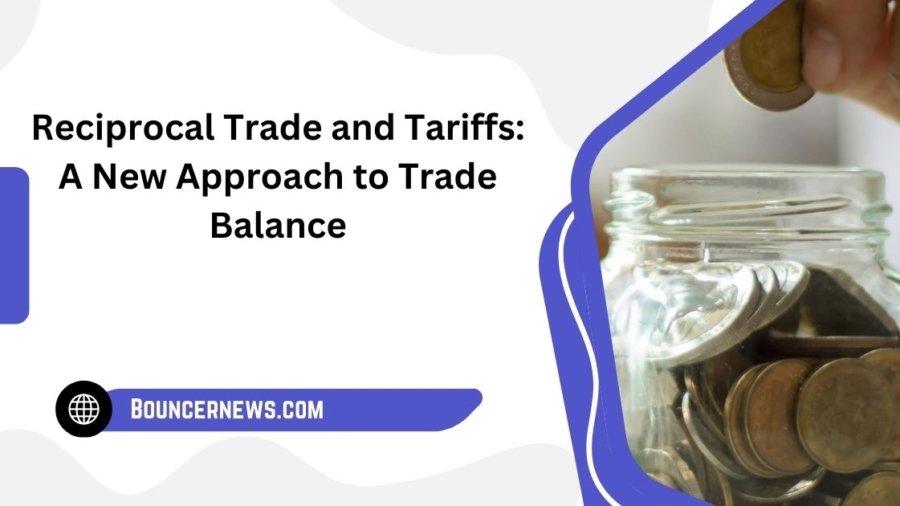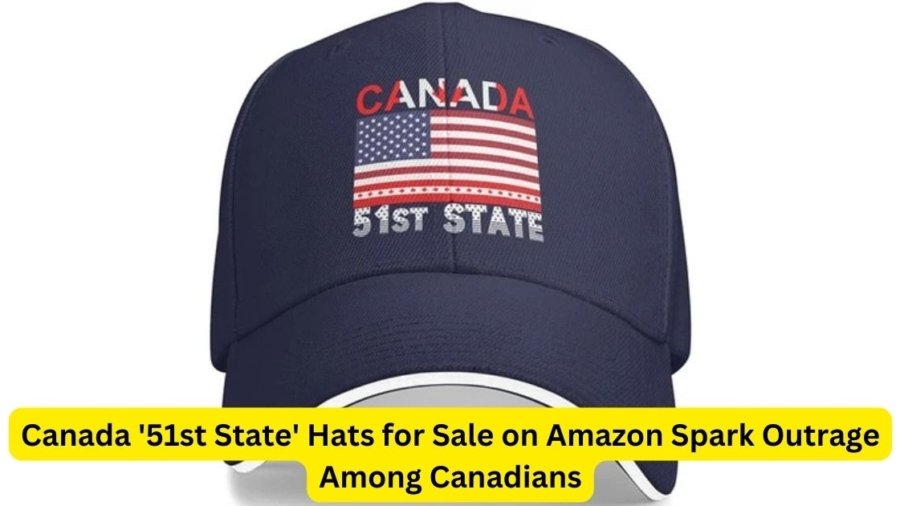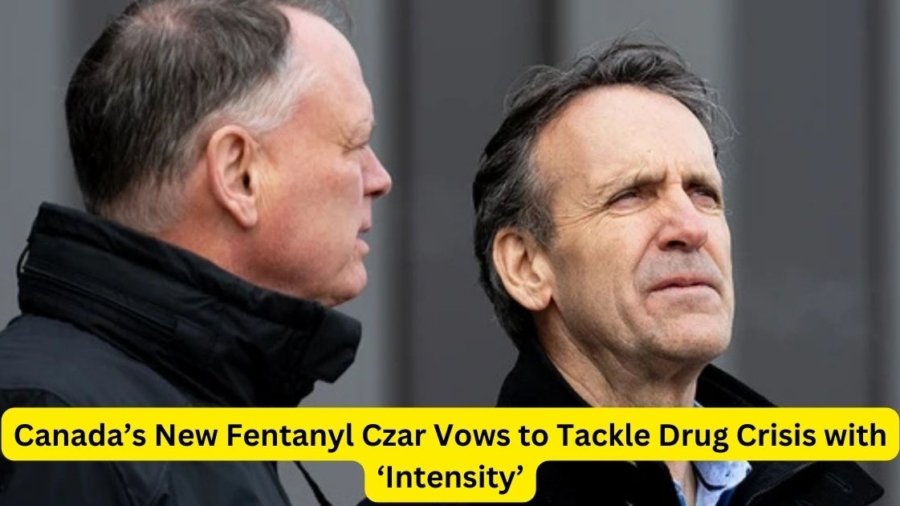Home equity is one of the most powerful financial assets available to homeowners. It represents the difference between the market value of a property and the outstanding mortgage balance. Over time, as homeowners pay down their mortgages or property values appreciate, equity accumulates. Instead of letting this asset sit idle, savvy investors utilize it to expand their real estate portfolios. By strategically leveraging home equity, individuals can gain access to substantial funds, opening doors to lucrative investment opportunities without liquidating their primary residence.
Home Equity Loans vs. HELOCs
Two of the most common ways to tap into home equity for investment properties are home equity loans and home equity lines of credit (HELOCs). A home equity loan provides a lump sum at a fixed interest rate, making it ideal for those who prefer predictable monthly payments. This option works well for investors who need a substantial one-time capital infusion to purchase or renovate a property.
On the other hand, a HELOC operates more like a credit card, offering flexible access to funds as needed. It allows investors to withdraw funds up to a pre-approved limit, typically at variable interest rates. HELOCs are particularly useful for those planning multiple investments or staggered property improvements. Choosing between these options depends on the investor’s financial situation, risk tolerance, and investment goals.
The Power of Cash-Out Refinancing
Another way to unlock home equity is through cash-out refinancing. This process involves replacing an existing mortgage with a new, larger loan and withdrawing the difference in cash. Investors can use these funds to acquire rental properties, renovate distressed homes, or even consolidate high-interest debt to improve cash flow. The advantage of cash-out refinancing is that it often comes with lower interest rates compared to other borrowing options. However, it also extends the loan term and increases monthly payments, so it should be approached with careful financial planning.
Smart Investment Strategies for Home Equity Utilization
Investing in real estate using home equity requires a strategic approach to minimize risks and maximize returns. One effective strategy is purchasing rental properties in high-demand areas where rental income can cover mortgage payments and generate positive cash flow. Additionally, investors can explore house flipping buying undervalued properties, making targeted improvements, and selling for a profit. Those with a long-term outlook may consider multifamily properties, which provide multiple streams of rental income from a single purchase.
Beyond direct property investments, homeowners can leverage their equity for real estate crowdfunding or strategic partnerships. These innovative approaches enable investors to expand their portfolios while avoiding the complexities of hands-on property management. Regardless of the strategy chosen, conducting in-depth market research and financial analysis is essential for long-term success. Explore https://www.webuynjrealestate.com/ if you’re looking for a swift and hassle-free way to sell your home for cash. This can be a smart move for those eager to unlock capital quickly and reinvest in new opportunities without the delays of the traditional housing market.
The Risks and How to Mitigate Them
While leveraging home equity for investments can be highly rewarding, it carries inherent risks. Borrowing against equity increases debt obligations, and in the event of a market downturn, property values could decline, reducing the available equity buffer. If rental properties do not generate expected returns, investors may struggle to cover loan payments, leading to financial strain.
To mitigate these risks, investors should maintain a cash reserve to handle unexpected expenses, avoid overleveraging by borrowing only what they can comfortably repay, and conduct extensive due diligence before purchasing any investment property. Diversification can also help spread investments across different property types or locations and reduce reliance on a single asset’s performance.
Making Home Equity Work for You
Leveraging home equity to invest in real estate is a powerful wealth-building strategy when executed wisely. Whether through home equity loans, HELOCs, or cash-out refinancing, homeowners have multiple avenues to access funds for lucrative investment opportunities. By carefully assessing financial risks, conducting market research, and choosing properties strategically, investors can make the most of their equity while securing long-term financial growth. With a calculated approach, home equity can become the key to unlocking greater financial freedom and expanding a successful real estate portfolio.


